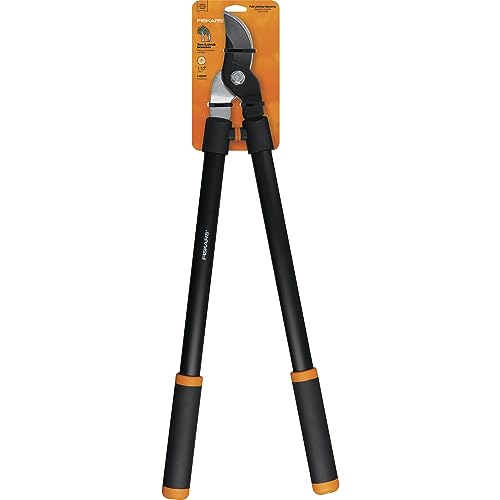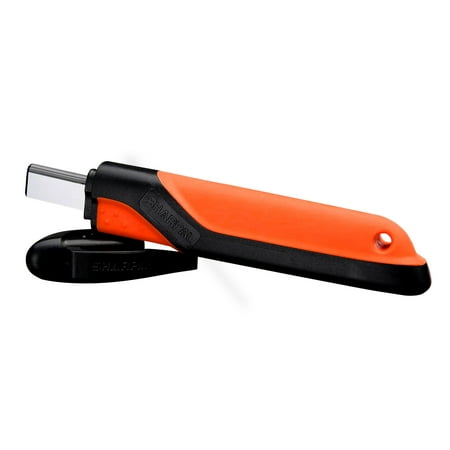How to prune quince trees – advice from an arborist to ensure they're less vulnerable to disease and reward you with large harvests of fragrant fruit
Quince trees don’t want lots of pruning, but what they do need keeps them highly productive


Quinces are attractive fruit trees that can reach up to 20 feet tall, depending on the variety, and produce highly fragrant yellow fruits popular for jams, jellies, or desserts. If you grow a quince tree, pruning is a key maintenance task to get right.
It is not difficult or rigorous to prune quince, but trimming is important to keep the fruit tree healthy and fertile - helping you get a better crop of fruits. Understanding how to prune your fruit trees successfully will include knowing the best time to prune quince and learning the simple methods to trim both young and established trees.
I have previously worked in ornamental and production gardens that housed quince trees, including a very large quince tree in one historic garden. To help reveal when and how to prune quince, I also got some tips from an experienced ISA-certified arborist.
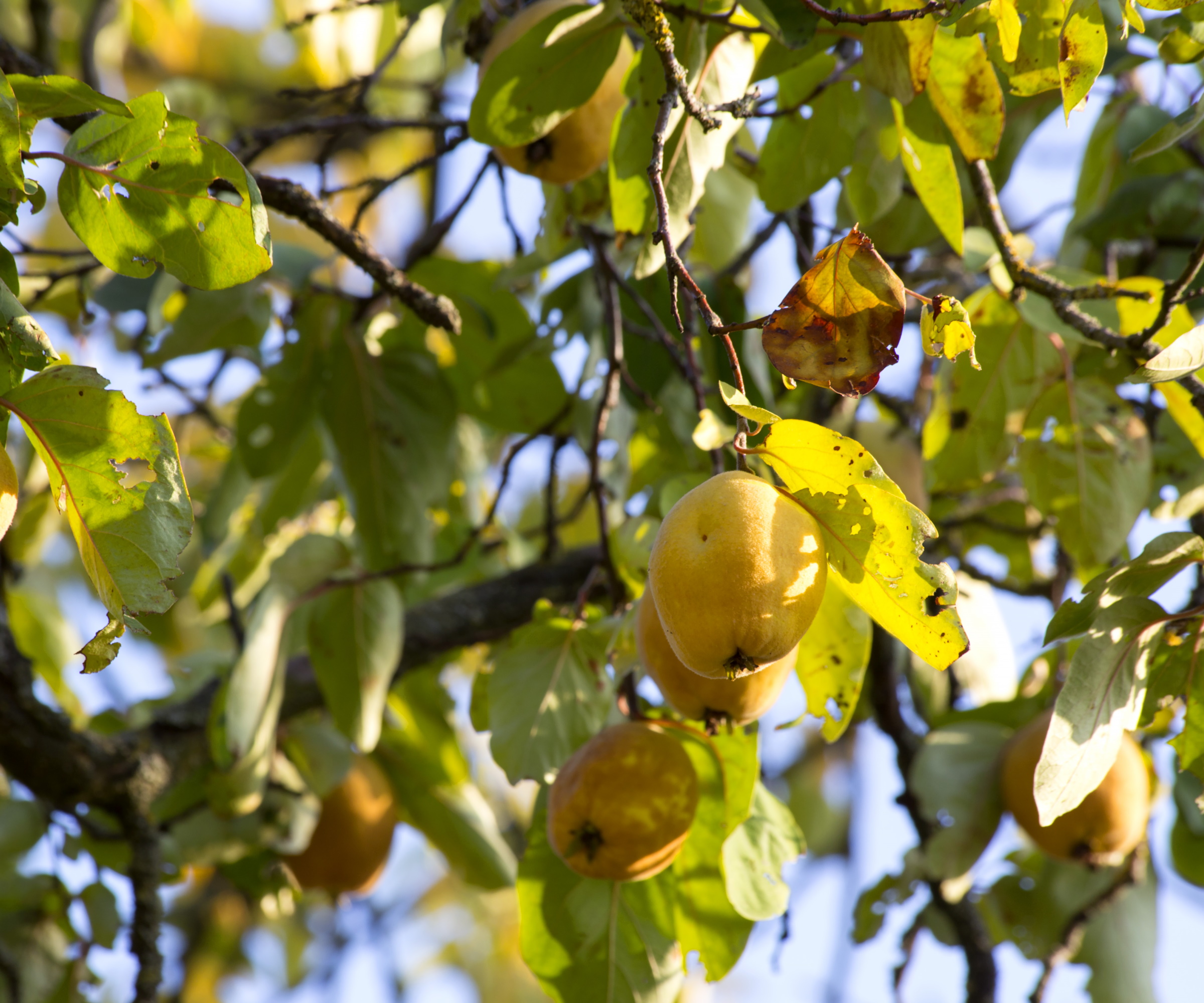
Tips for when and how to prune quince trees
Quince can be easy fruit trees to grow as they are low-maintenance. They don’t need a lot of pruning but will benefit from some, as young trees need formative pruning and established quince benefit from some simple upkeep.
Do you need to prune quince?
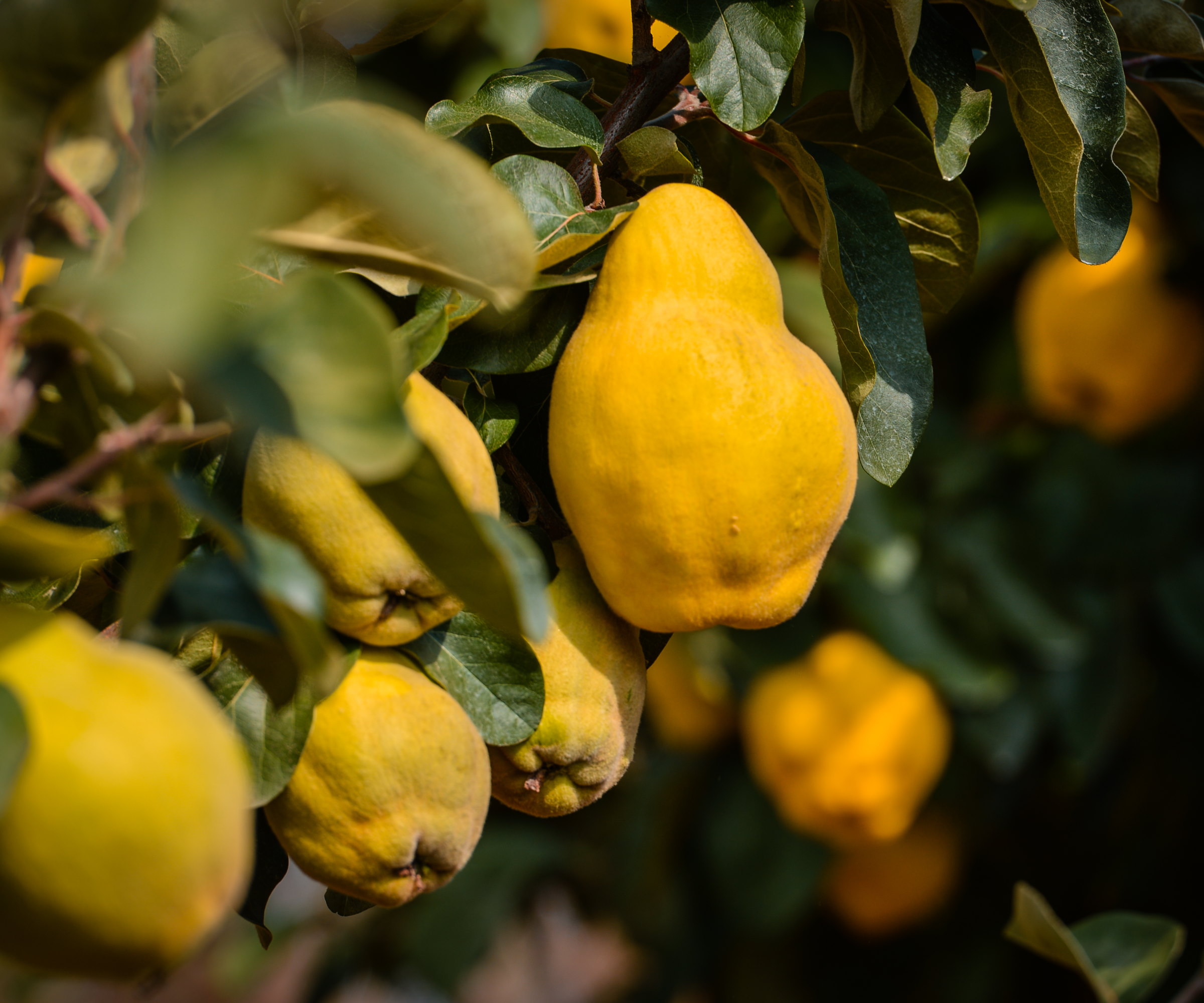
Quince trees are known for not requiring lots of pruning, they can often cope well without much trimming. However, there are benefits to pruning. It may not need to be done annually, but prune quince trees every few years and they will remain healthy and productive.
A quince tree left unpruned for too long can develop a thick and crowded canopy - which can cause complications for the tree. Mason Hanrahan, a certified arborist and president at Tim-O-Tree, warns that crowded canopies can be filled with crossing branches and at risk of disease.
‘Crowded canopies tend to be dark, moist and poorly ventilated, which are ideal conditions for disease, such as leaf blight,’ says the tree expert. ‘Thinning crowded quince canopies can improve light penetration and ventilation, leading to a canopy that is less vulnerable to disease.’
Design expertise in your inbox – from inspiring decorating ideas and beautiful celebrity homes to practical gardening advice and shopping round-ups.
Pruning offers several benefits, as well as keeping the tree healthy and shaped it is an ideal way to get a quince tree to fruit prolifically.

Mason Hanrahan is an ISA-Certified Arborist (ON2491-A) and Qualified Tree Risk Assessor. He practices arboriculture in Ottawa, Canada, focusing primarily on tree removal and tree risk mitigation. Mason has been running Tim-O-Tree since 2018 and loves sharing knowledge and educating the public about trees.
When to prune quince trees

Knowing when to prune fruit trees ensures they remain healthy and respond well to the trimming. Get it wrong and it can be a fruit tree pruning mistake that jeapordizes the future health and productivity of any tree.
In terms of quince, the right time to prune quince trees is during their dormant season. This can be anywhere between leaf drop in late fall and bud break in winter, however, the best window is typically in late winter and early spring.
Avoid pruning too early in the fall, as it will result in a flush of new shoots that will be damaged by the winter cold. Also, never prune fruit trees during extreme cold in the middle of winter. This can cause dieback and leave the tree at risk of pests and diseases.
How to prune quince trees
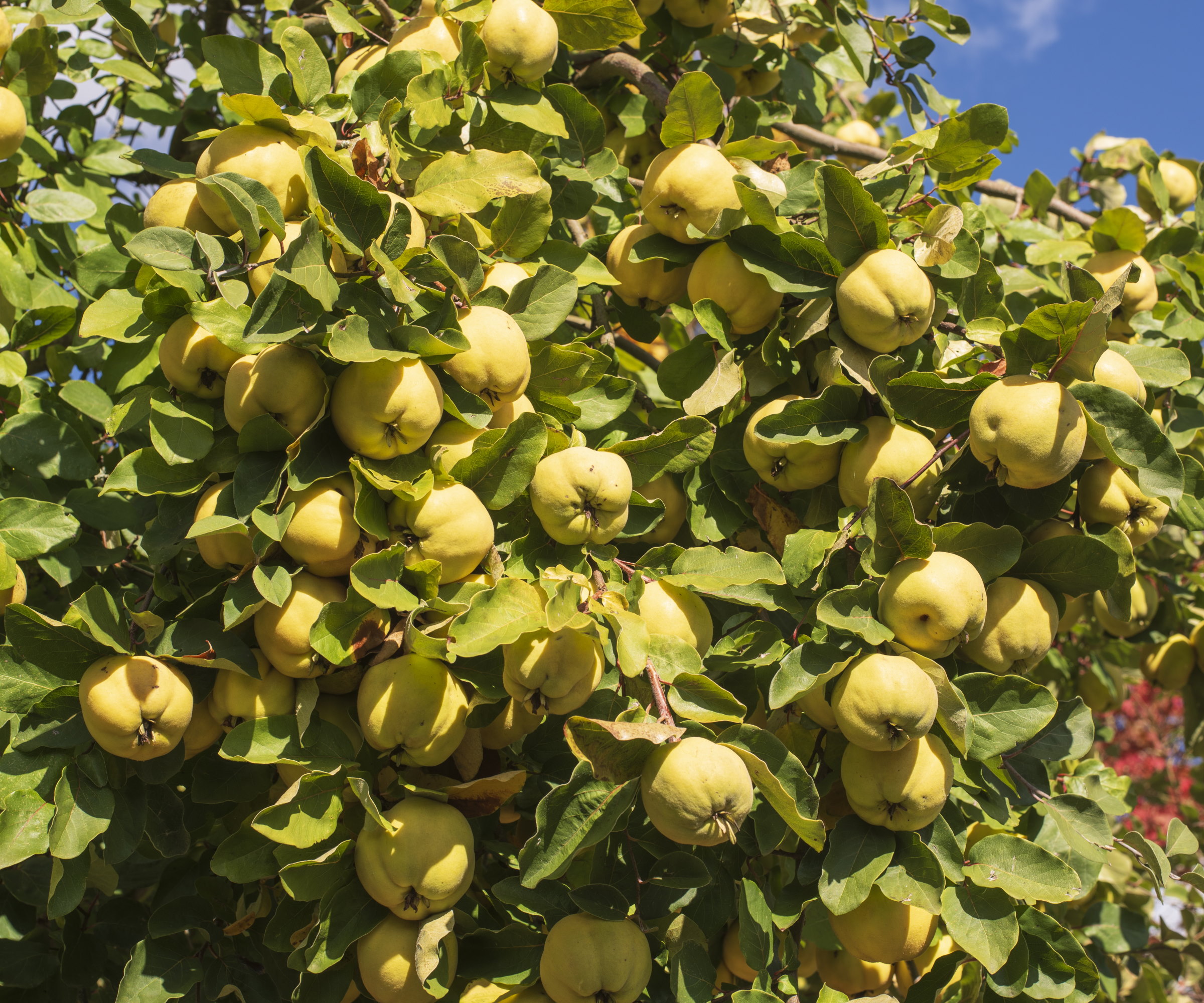
It requires common garden tools to prune quince trees. The potential list of useful pruning tools to have will include pruning shears, loppers, and a pruning saw. Any tools should be clean and sharp to reduce injury to the tree and avoid leaving it susceptible to pests and diseases.
Pruning young quince trees
The focus for the first 1-3 years after planting the fruit tree is to create a good framework for the future. Quince trees are often trained to be vase or goblet-shaped trees with open centers. A good framework would have 3-5 evenly spaced branches around a central leader and a main trunk kept bare of lower branches up to at least four feet from the ground.
‘Pick a single central trunk when the tree is young and remove competing trunks,’ recommends Mason Hanrahan. ‘It is okay to allow multiple stems to develop, as this increases the productive area of the canopy, but lateral spread from the trunk should be limited - the farther branches extend laterally, the more likely they are to break.’
Any branches that cross, compete, or grow inwards towards the center of the quince tree should be removed, along with weak, dead, diseased, or damaged branches.
Pruning established quince trees
An established and well-shaped quince tree will require minimal pruning over future years. The trimming will primarily focus on the following two tasks:
- Start by removing dead, diseased, or damaged branches back to where they meet a stem or the main trunk.
- Identify any weak, congested, or crossing branches to remove and improve airflow and light penetration into the canopy of the tree
Mason Hanrahan also advises shortening the length of any ‘overextended branches’ on the tree. ‘Quince trees grow their fruit at the tips of the branch,’ he says. ‘The added weight, amplified by leverage from the length of the branch, can lead to branches breaking.’
Be methodical when you prune quince but do not be too heavy-handed. It is not advisable to remove any more than a quarter of the canopy and doing so can stress the tree and lead to unpredictable regrowth.
Shop pruning tools
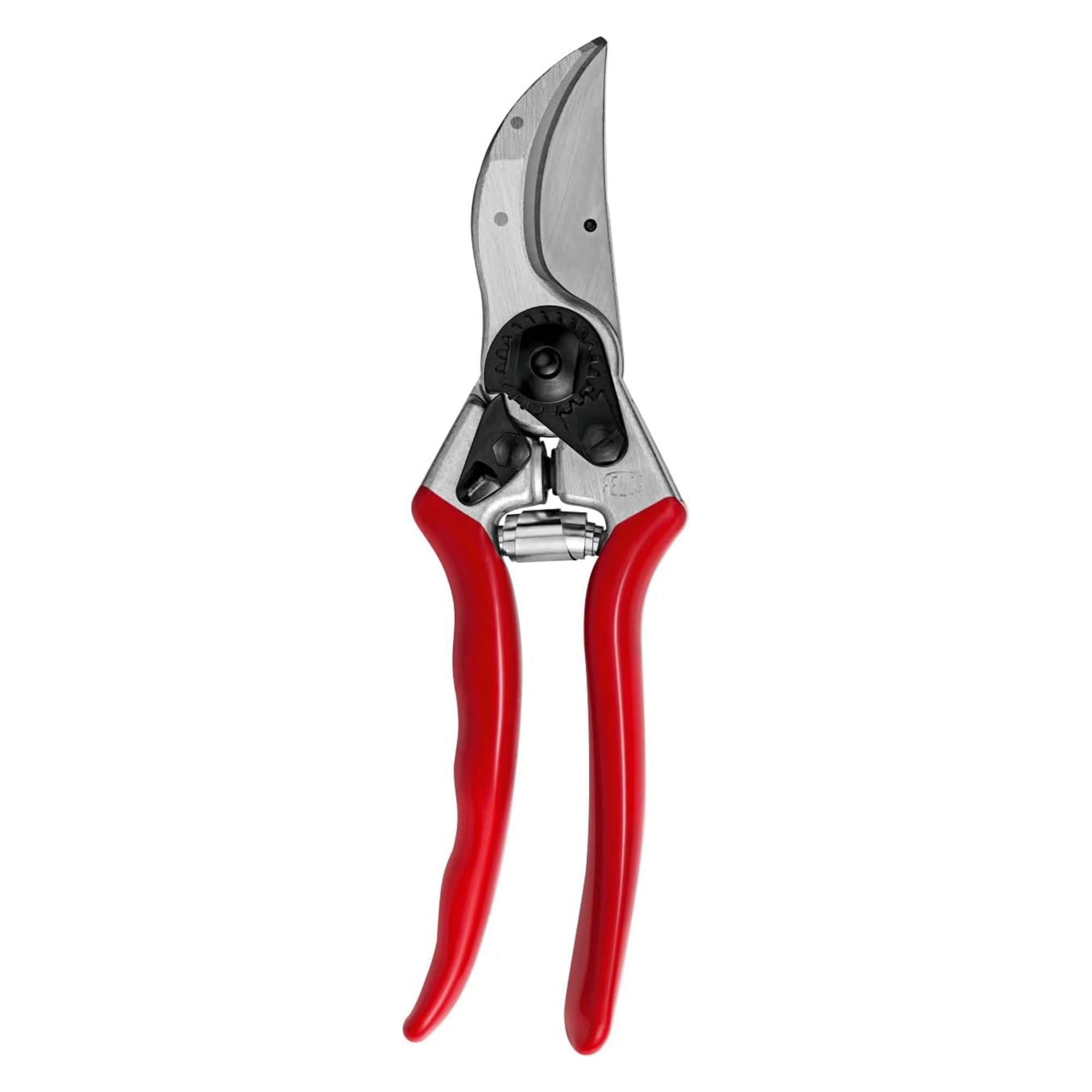
Felco No. 2 pruners are a comfortable, hard-wearing, and razor-sharp pair of pruning shears for any gardening tasks. They are widely recognized as one of the best pruners on the market.
FAQs
Should you remove quince tree suckers?
Quince trees will often produce suckers from their base. They tend to be grafted fruit trees and the suckers sprout from the root system and take precious energy away from the rest of the tree. Remove these suckers by cutting them off right to ground level with a pair of sharp pruning shears.
Pruning as part of an annual care regime can help any fruit tree remain productive. A key part of such a successful routine needs to be fertilizing fruit trees, to give them the nutrients required for strong, healthy growth and to flower and fruit. An established fruit tree will always reap the rewards of being fed with a balanced organic fertilizer in late winter or early spring before growth starts for the new season.

Drew has worked as a writer since 2008 and was also a professional gardener for many years. As a trained horticulturist, he worked in prestigious historic gardens, including Hanbury Hall and the world-famous Hidcote Manor Garden. He also spent time as a specialist kitchen gardener at Soho Farmhouse and Netherby Hall, where he grew vegetables, fruit, herbs, and cut flowers for restaurants. Drew has written for numerous print and online publications and is an allotment holder and garden blogger. He is shortlisted for the Digital Gardening Writer of the Year at the 2025 Garden Media Guild Awards.
